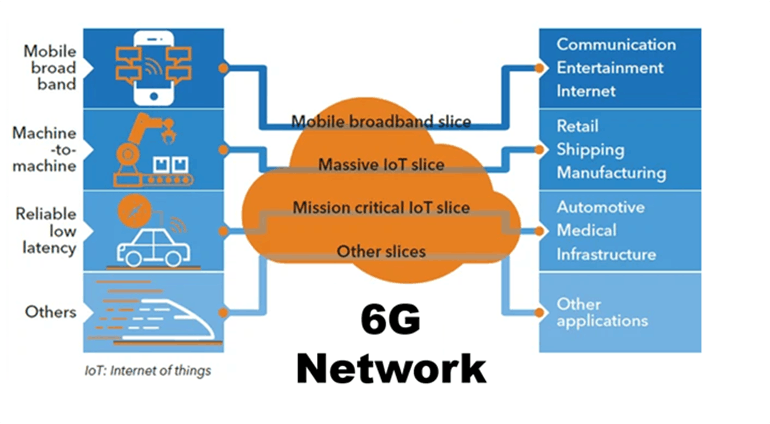by Patrick Wood, Activist Post:

According to IBM, “A digital twin is a virtual representation of an object or system that spans its lifecycle, is updated from real-time data, and uses simulation, machine learning and reasoning to help decision-making.” The express purpose of digital twins is to control the physical version of the twin.
Furthermore, 6G will more fully enable and facilitate the creation of digital twins for complex systems, buildings, cities and people. — Technocracy News & Trends Editor Patrick Wood
TRUTH LIVES on at https://sgtreport.tv/
By: Dr. Rajive Bagrodia via Electronic Design
Even as 5G cellular network deployments continue to ramp up within the U.S. and worldwide, major academic programs, research institutes, and commercial R&D operations are turning their focus toward deeper investigations into the promise and realization of 6G technology. Significant government investments have already occurred, and they’re expected to increase dramatically over the next few years. Nations are jockeying for a leadership position in 6G for both commercial and military use cases and seeding early explorations into technology and applications.1
The significant expansions anticipated in all of the usual metrics of cellular communication, including capacity, latency, device density, connection reliability, and other technology growth markers, is well documented.2 Also noteworthy is the burgeoning growth in the number and diversity of devices coming online via the rapidly expanding IoT.
Of course, to name a few areas of substantial growth, these will require significant technology breakthroughs in chipset design, antenna technology, ML-embedded networking, and real-time machine learning.

However, from a broad-based business and consumer perspective, the major impact of 6G is expected to be in the design, deployment, and widespread adoption of a bevy of novel applications that exploit these substantial technological breakthroughs (see figure). Some of the applications being discussed include holographic telepresence, remote surgery, deployment of an autonomous fleet of unmanned vehicles, and deep space or deep ocean exploration.3
The 6G technology breakthrough will need to meet a consistent, predictable, and demanding set of service level agreements (SLAs) to support such diverse applications while adapting to an unprecedented level of system dynamics in a consistent manner.
Pre-Standards Work
Although the initial 6G standards are only expected to be released by 3GPP around 2028, technology exploration, design, and integration efforts by the leading chipset, network equipment, and device vendors as well as service providers are expected to get underway considerably sooner. This leads to an important question: How do we test the impact of technology innovations at the end-to-end system level and their eventual impact on provisioning the application-level SLAs?4
Read More @ ActivistPost.com





